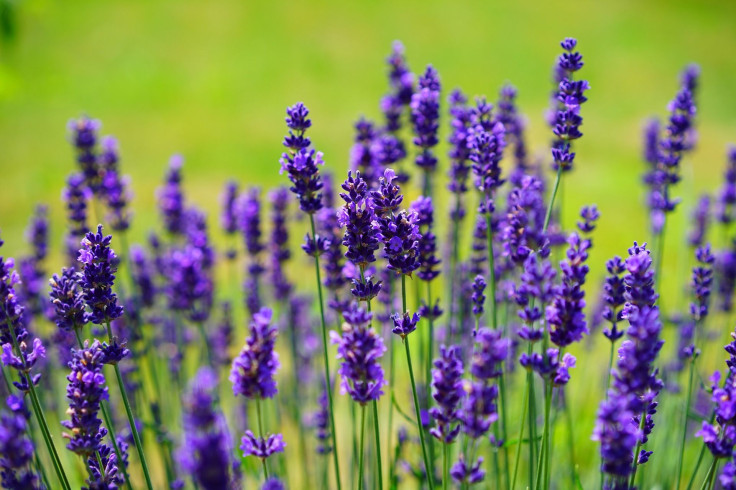Epilepsy Awareness Day: 4 Things You Didn’t Know About The Neurological Disorder

Epilepsy is the fourth most common neurological disorder, with an estimated 2.2 million people living with it in the U.S. Most people associate epilepsy with seizures and bright flashing lights, and while these are accurate associations, there’s much more to it. Purple Day, (World Epilepsy Day), is March 26, so now is the time to learn a little more about the disorder. Here are four things about epilepsy you probably didn’t know.
Epilepsy Can Be treated With Marijuana
The medical marijuana movement has taken off, with many patients using the plant to treat ailments ranging from nausea to multiple sclerosis. Epilepsy is one of those ailments. Lawmakers have approved several clinical studies testing marijuana-based drugs, and many states have allowed both adults and children to use cannabis to treat seizures. The treatments have proven successful, especially in helping children at risk of frequent or particularly aggressive seizures. Critics say marijuana treatments will get kids smoking earlier in life, but parents of epileptic children who have seen success with the treatments don’t seem to mind the criticism, probably because their kids aren’t using the marijuana in a smokeable form.
“I feel like it’s saved his life — it has saved his life,” said Tanesha Smelser, mother to a 9-year-old child who uses a marijuana oil medication. “I know it sounds scary, and I know it sounds unconventional, but it’s working. It’s working!”
Not All Seizures Involve Convulsions
Though a seizure may look the scariest when it involves violent shaking, a person can actually have a seizure without anyone else noticing. An absence seizure can cause a short period in which the person zones out, or stares into space. Absence seizures, which are also called petit mal seizures, can last only a short time — sometimes less than 10 seconds — so they’re often missed or mistaken for daydreaming. Absence seizures are caused by abnormal brain activity just like any other seizure, but they typically cause a person to be unaware of what’s going on around them, and may even lead them to stop speaking in the middle of a sentence.
This type of seizure usually doesn’t require first aid, as the person will normally just continue doing whatever they were doing before the seizure.
Epilepsy Is More Prevalent In Developing Countries
Though epilepsy is common all over the world, it’s developing countries that seem to be hit the hardest. Approximately 50 million people worldwide have the disorder, but nearly 80 percent of them live in low and middle-income countries. Studies have identified high incidence of risk factors, including head trauma, complications during childbirth, and parasitic infections as the reason for the high number of people with epilepsy in these regions. Despite the burden of the disorder, there is a significant treatment gap in poorer nations — over 60 percent of people with epilepsy in these nations do not have access to appropriate care.
The Color Of Epilepsy Awareness Is Lavender
March 26 is actually called Purple Day, since lavender is the color for epilepsy awareness. This is for good reason: seizures are generally caused by abnormal electrical impulses in the brain, so one approach to treating them is relaxing the brain and nervous system. Lavender, both the color and the plant, are said to have this effect — the plant has even been proven to act as a central nervous system relaxant and anticonvulsant.



























